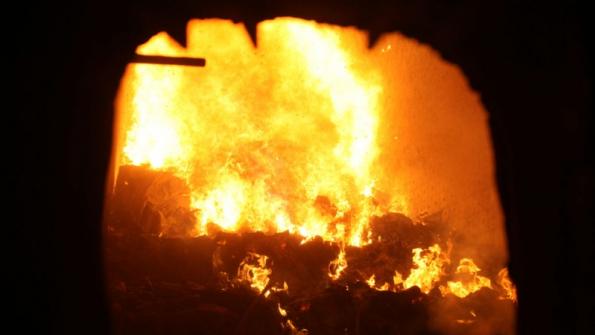Incinerators have become an essential tool for waste management in many places around the world. They provide a way to safely dispose of waste while also producing energy. However, the cost of incinerators has been steadily increasing over the years, and it’s important to understand the factors driving these price hikes.
One of the main factors driving incinerator price increases is the growing demand for waste management solutions. As populations continue to grow and urban areas become more densely populated, the amount of waste being produced is also increasing. This has led to higher demand for incinerators, which in turn drives up the price.
Additionally, stricter environmental regulations and standards have also contributed to the rising cost of incinerators. Governments and regulatory bodies are imposing stricter emissions standards and environmental requirements on incinerator operators, which can lead to higher costs for incinerator manufacturers. These manufacturers need to invest in more advanced technology and equipment to meet these standards, leading to higher production costs.
Another factor contributing to incinerator price increases is the rising cost of raw materials. Incinerators require a variety of raw materials, including steel, cement, and other components. Fluctuations in the prices of these materials can impact the overall cost of building and operating incinerators.
Furthermore, advancements in technology and innovation also play a role in driving incinerator prices up. As new and more advanced technologies are developed, they come with higher price tags. However, these advancements often result in more efficient and environmentally friendly incinerators, which can help offset the higher initial cost through long-term savings.
It’s important to consider the potential benefits of incinerators when weighing the costs. While the initial investment may be high, incinerators can provide a cost-effective and sustainable solution for waste management in the long run. They can produce energy from waste, reduce landfill usage, and minimize the environmental impact of waste disposal.
In conclusion, understanding the factors driving incinerator price increases is important for both manufacturers and consumers. Increased demand for waste management solutions, stricter environmental regulations, rising raw material costs, and technological advancements can all contribute to higher incinerator prices. However, with careful consideration of the long-term benefits, incinerators remain a valuable tool for sustainable waste management.



